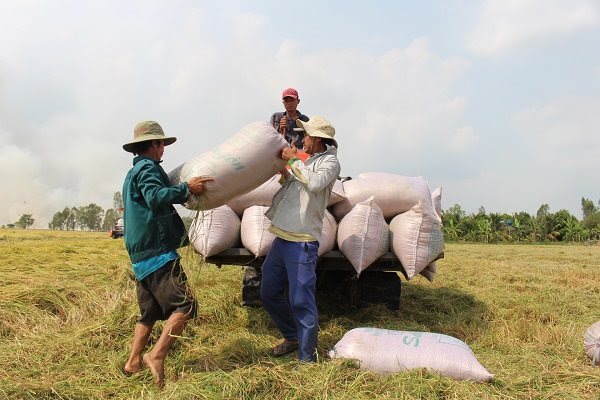|
which also saw the participation of India, Thailand and Myanmar, Nguyen Van Thanh, director of Phuoc Thanh IV rice company, told the Saigon Times on June 9.
However, the Philippines only purchased a combined volume of 189,000 tons of rice, which is much lower than its target, as suppliers offered prices higher than the country’s projected price. The Philipines may hold further tenders to purchase the remaining volume of 111,000 tons of rice to meet its target. Vietnam will ship 60,000 tons of rice at US$497.3 per ton, which is higher than that offered by its rival suppliers. Of this, Vietnam will ship 45,000 tons to the Manila port and the remaining to the Davao port. Among the suppliers, India won a deal to supply the largest volume of rice at 96,000 tons to the ports in the Philippines, at prices ranging from US$484.7 to US$485.7 per ton. Myanmar secured a contract to ship 33,000 tons of rice to the Manila port, with each ton valued at US$489.3. Meanwhile, Thailand failed to clinch any deal as its offering price exceeded the buyer’s projected price. The Vietnamese bidder was reportedly Vietnam Northern Food Corporation or Vinafood 1, while the Philippine International Trading Corporation represented the Government of the Philippines to organize the tender, instead of the country’s National Food Authority, as in the past. Prior to 2019, the Philippines had imported rice under the quota regime. As a result, aside from allocating annual quotas of some 850,000 tons of rice to the private sector in the Philippines, NFA maintained domestic supply-demand balance to open bidding for rice purchases from other countries, mainly Vietnam and Thailand. However, President of the Philippines Rodrigo Duterte on February 15 last year signed into effect an act that turned the Philippines' rice imports from a quota-based system to a tax-based one. The act abolished quotas in rice imports to the Philippines to impose a 35% tax rate applicable to rice imports from ASEAN countries. The import tariff is much lower than that imposed on non-ASEAN nations, which is up to 180%. With the Philippines resuming importing rice under the government-to-government regime, the country hopes to replenish its national rice reserves quickly amid the coronavirus outbreak. SGT |
||
Trung Chanh
